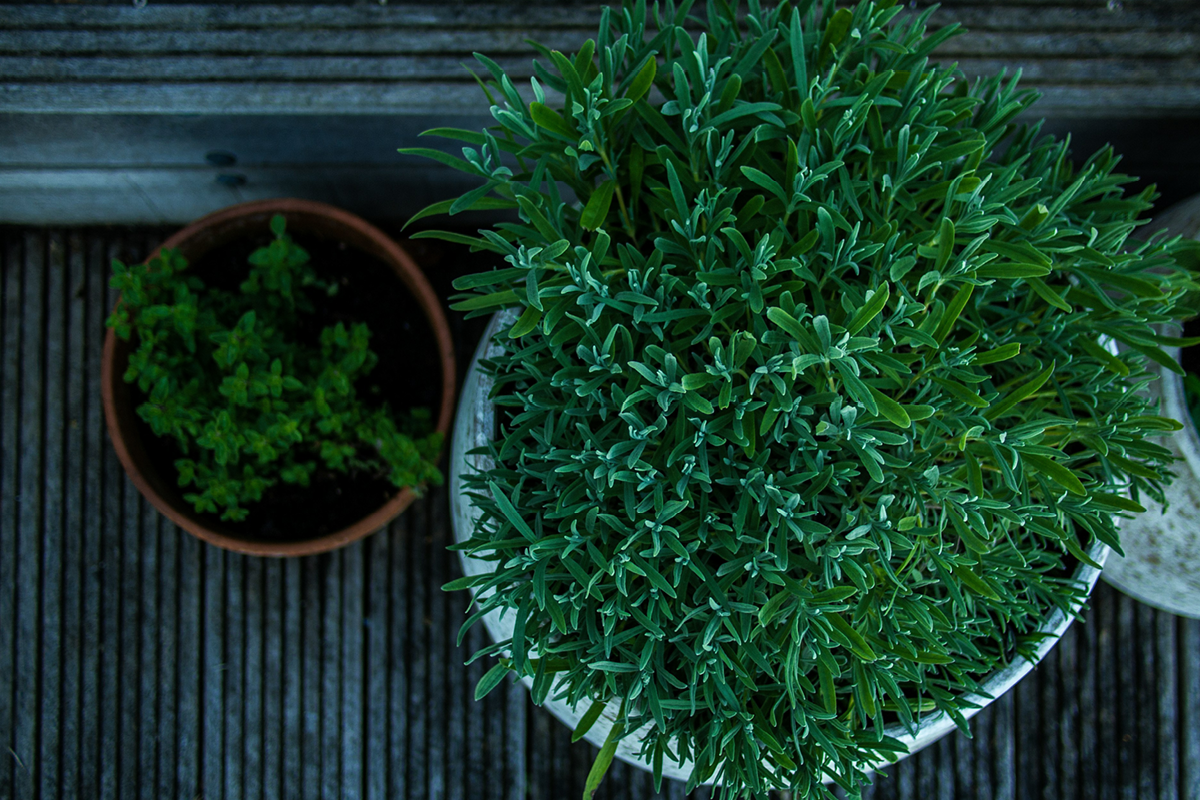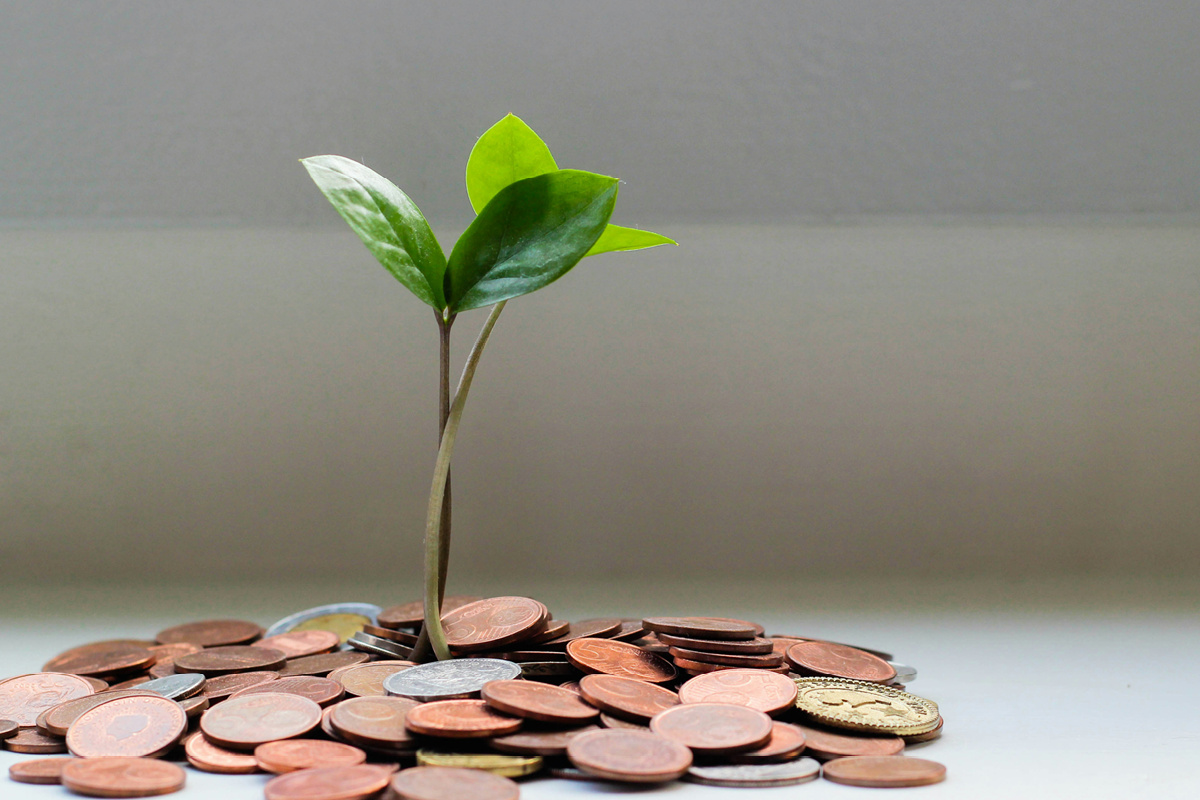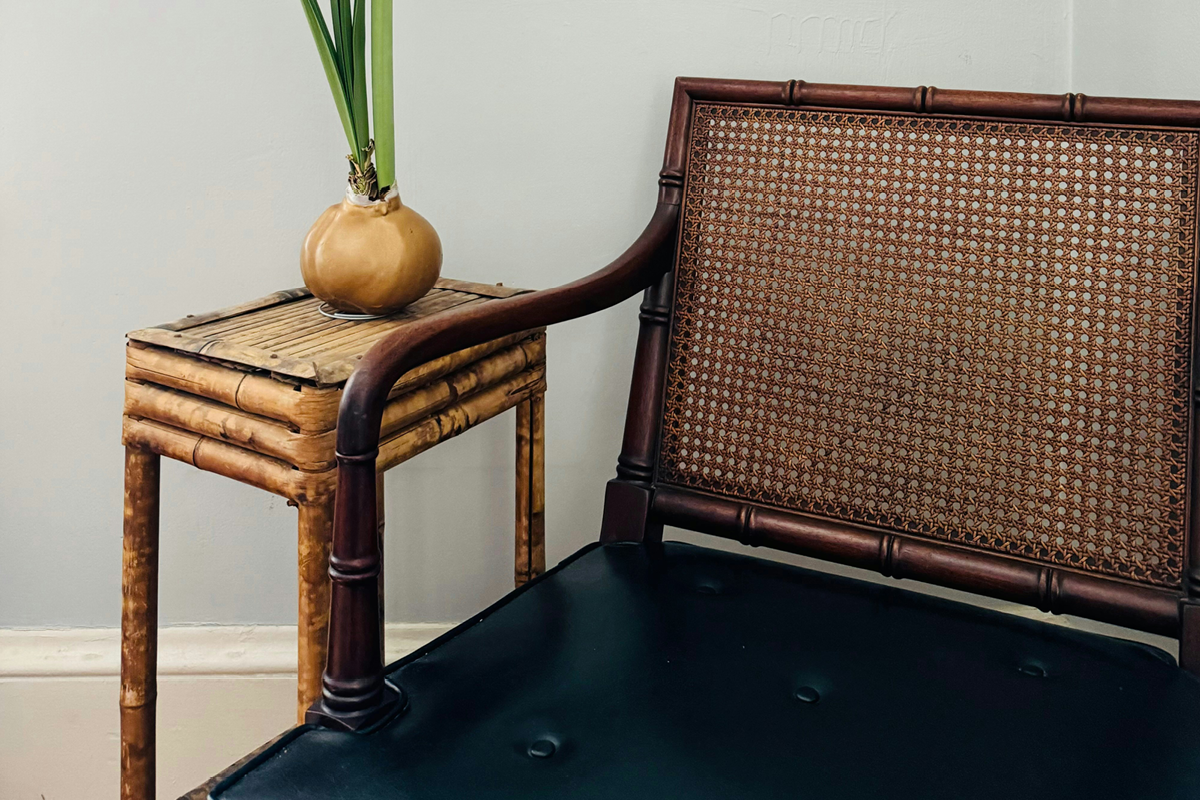HOW TO MAKE YOUR HOUSE AND GARDEN FEEL MORE CONNECTED
Making the interior of your home feel connected to your garden can feel like the job of an interior or garden designer – or a combination of both. But it’s actually not that difficult, and many of the tips featured here are often things you’re already doing to some degree.
Below, interior design expert Zoe Warren at PriceYourJob.co.uk explains everything you need to know about making your interior feel more connected to your garden…
Consider the style of your home
One of the fundamental ways of creating a unified aesthetic for your house and garden is to consider the style of your home. Along with the colours that you use and the design elements, taking the architectural style of the property as a starting point can give you plenty of inspiration.
For example, using the clean lines and minimalist theme of a contemporary home can give you the right direction for how to plan your garden. There may be a piece of furniture or artwork in your home that you can use to link your garden to your interior, either in shape or colour.
Large windows and glass doors
Of course, a popular way of joining the inside of your home to the outside space is by removing the walls and replacing them with large expanses of glass. This maximises the visual connection between the two, and with large bifold or sliding doors, the transition from inside to outside is seamless.
The threshold of the doors is the perfect location for creating the link to the garden by strategic placing of plants, furniture that reflects the garden seating or a rug that is replicated outside on the deck or patio.
Looks for every season
When you have large glass doors looking out onto your garden, it’s important to ensure that the outside space looks good all year round and not just in spring and summer. Make sure there is autumn and winter interest, too.
This extends to how you connect with your garden from within your home. Consider having potted plants with colourful foliage close to the house in autumn or winter flowering shrubs to add interest and colour. Add some interesting houseplants that reflect what you have in your garden.
Use similar colours inside and outside
A more subtle but equally effective way of connecting the interior of your home to your garden is with the use of similar colours. Recreating a palette with your garden furniture or elements of hardscaping that you have in your home blends the two areas together without it being overly obvious.
For a smooth transition, choose complementary flooring for the outside and indoor spaces. Porcelain tiles are an excellent choice for this as they can be used internally and externally. Using similar colours and textures on the floor also works.
Outdoor rugs
While on the theme of flooring, the use of outdoor rugs is a wonderful way of creating a ‘room’ on your patio, terrace or deck. Not only does it provide a cosy surface for doing your morning Pilates or for letting your children play outside, but it also links the exterior space to the inside.
Combined with some comfortable seating, an outdoor rug makes you want to stop and sit. It also creates a zone for relaxation, somewhere to unwind and enjoy the garden .
Lighting
Lighting is key in the garden. It can be used to highlight certain features, provide illumination along paths and steps and allow you to use the garden in the evenings. The right lighting provides an ambience in the garden, just as it does in your home.
By using lighting that complements what you have inside, you are creating a warm and inviting atmosphere which extends out into the garden.
Use plant pots inside and outside
The transition area between the internal and external parts of your home is the point where you can create cohesion. Use plant pots on either side of the threshold of your bifold or sliding doors to blur the lines between the two.
Extend the theme out onto your deck or patio and into the garden to make it feel more natural and less structured. Consider adding a water feature that can be enjoyed from inside as well as in the garden.
Think about how you use the garden
When contemplating how to make your interior feel more connected to your garden, it’s important to consider how you use the space. Is it an area for your children or grandchildren to play? Or is gardening an important hobby for you? Perhaps your garden is a family space for get-togethers and entertaining.
Knowing how you utilise your outdoor space will give you ideas and inspiration for how to connect the two areas of your home. You’ll be able to make the right design choices which enhance the functionality as well as the flow from inside to outside.
Town, country or coastal
Another method of helping you connect your internal and external spaces is the location of your home. While it may seem obvious, whether your house is in a city, in the country, or a coastal property can inform the style of both the interior and exterior design.
City homes often have smaller gardens, and there is an even greater need to make the most of the space by accentuating the connection between inside and outside. Country and coastal gardens may be larger but are often characterised by a more natural and less formal design, something you can use to connect the two.
MORE ABOUT THE AUTHOR… ZOE WARREN: Zoe Warren has worked as an interior design expert for over 10 years. Zoe is skilled at creating beautiful home designs and can work with a range of budgets to suit the homeowner. In addition, Zoe also provides expert interior design tips and advice for PriceYourJob.co.uk, and her tips have been published in a range of leading press publications.














